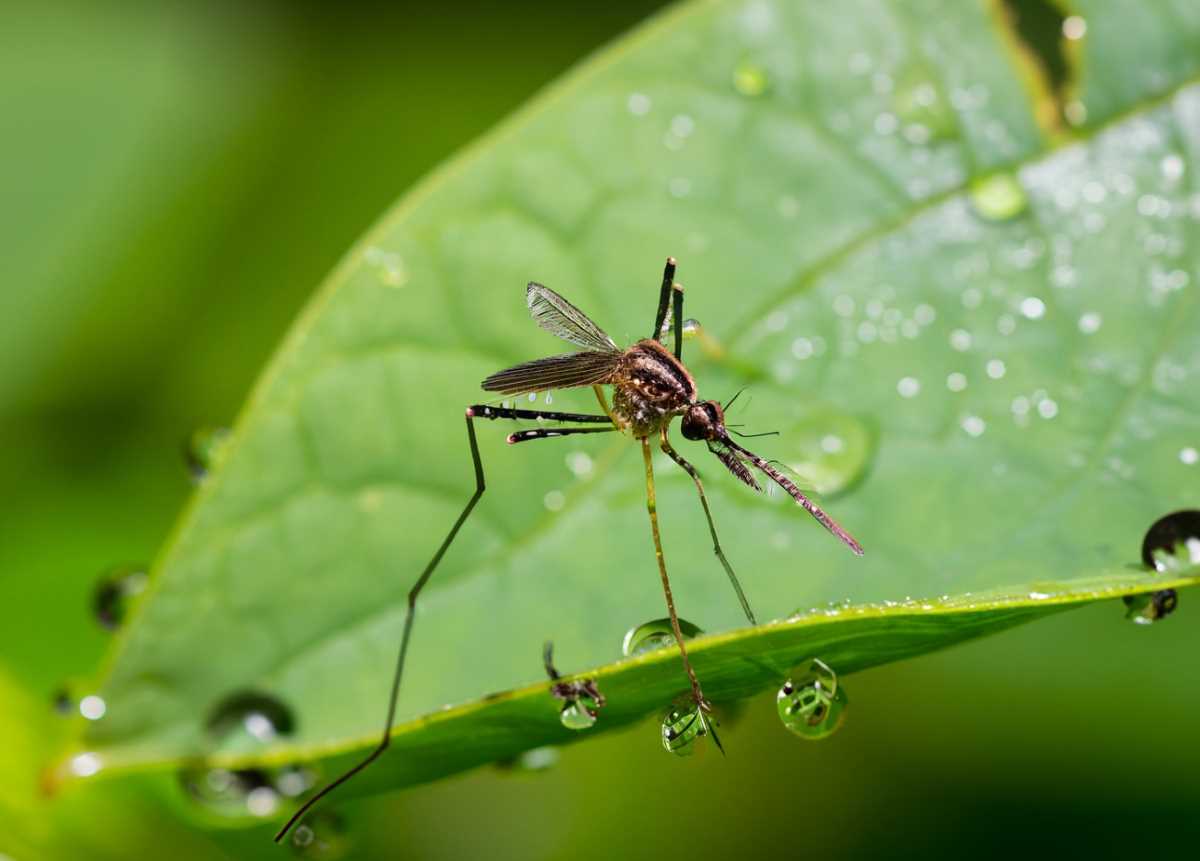Dengue Fever and the Monsoon Season: A Battle Against Mosquitoes
The summer monsoon rains in the Sonoran Desert bring relief from the heat but also herald the onset of mosquito-borne diseases like dengue fever. With climate change altering rainfall patterns, proactive measures and research are crucial to prevent its spread.

The unmistakable aroma of the first summer monsoon rains brings relief to the blistering heat of the Sonoran Desert, heralding not just the cooler weather, but also the onset of the hurricane season. But these rains, while eagerly awaited by the region's inhabitants, bring with them a less welcome guest: mosquitoes.
Life Cycle of the Mosquito
Mosquitoes, with their characteristic high-pitched whine, proliferate rapidly in the post-rain environment. They find refuge in stagnant water sources like puddles, vacant plots, and even discarded containers, big or small, left behind carelessly.




